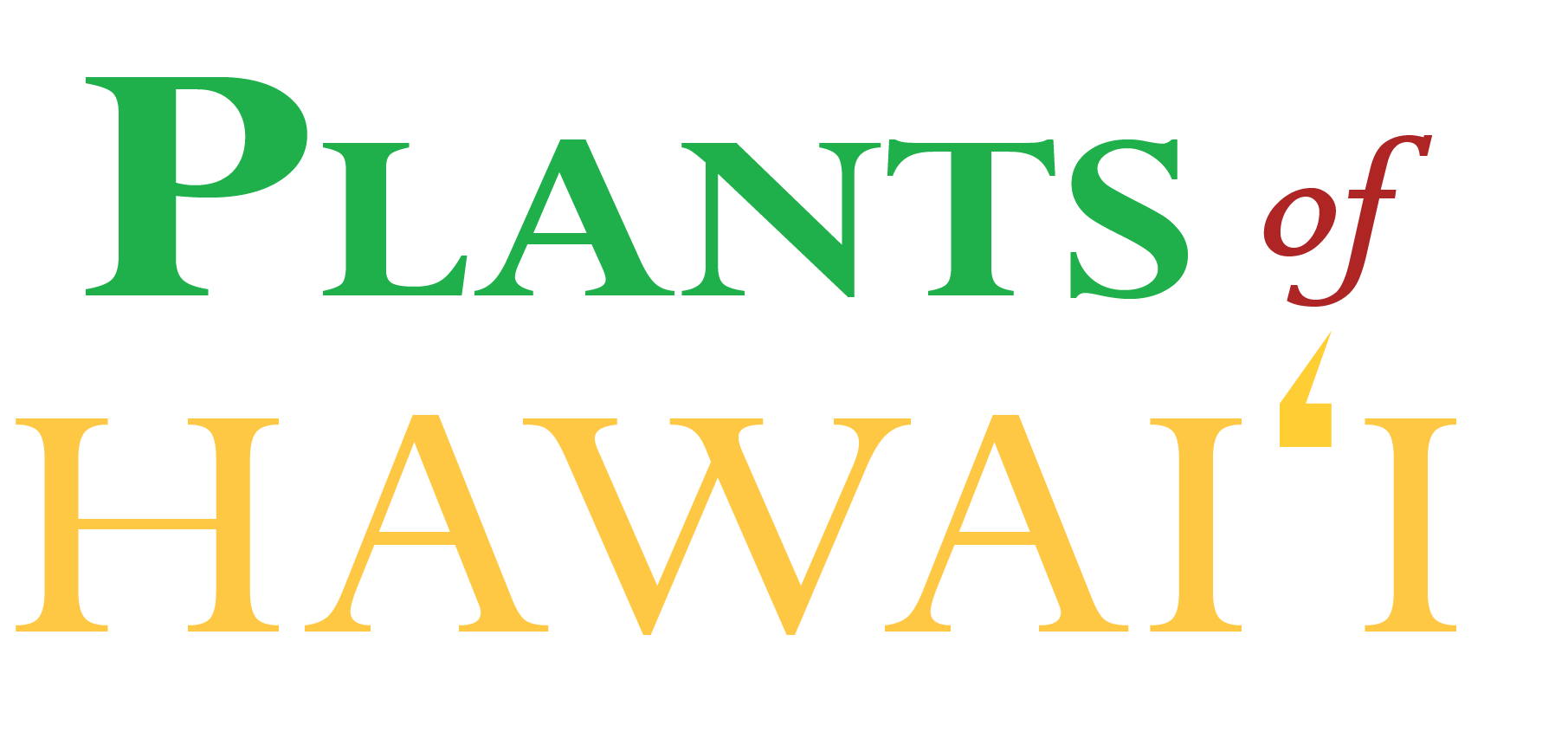
Key Characters:
Growth Form: Erect or ascending perennial herbs from a fleshy tuberous base, sometimes woody at base.
Stems: Stems and branches somewhat fleshy, 1–5(–10) dm long, densely villous.
Roots:
Leaves: Leaves simple. Opposite. Blades ovate to suborbicular or broadly deltate, 1.5–3(–9) cm long, 0.5–2(–3.9) cm wide. Apex rounded to sometimes acute. Base broadly cuneate to truncate or sometimes subcordate. Surfaces villous–tomentose; upper surfaces with small oil globules; lower surfaces glandular punctate, the glands reddish; green, thick or sometimes thin, chartaceous. Margins coarsely crenate or crenate–dentate. Petioles 0.5–1(–3.5) cm long, villous. Stipules absent.
Flowers: Flowers 6–12 in dense verticillasters, these arranged in terminal, racemose inflorescences 5–30 cm long, these simple or sometimes branched at base, bracts cordate, caducous. Calyx actinomorphic, occasionally bilabiate, 1.2–2.5 mm long, enlarging to 3–5 mm long in fruit, densely short-villous and glandular punctate, the glands reddish, upper lip entire, broadly ovate, becoming recurved in fruit, the surface somewhat reticulate, lower lip 4-toothed, the teeth subequal, lateral ones slightly shorter and wider than median ones, all teeth sharply pointed. Corolla zygomorphic, much exserted, pale blue, 3.5–5.5 mm long, puberulent and glandular punctate, lower lip boat–shaped, longer than upper lip; nectary disk often present at base of ovary, annular or developed on anterior side only. Stamens 4, exserted beyond corolla tube; anthers dithecal, opening by longitudinal slits. Ovary superior, 2-carpellate; ovules 1 per ovary lobe, placentation basal-axile; style 1, shortly 2 lobed; stigmas 2.
Fruit: Nutlets brown; ovoid to lenticular; ca. 0.8 mm long. Seeds with endosperm absent or scanty and oily.
Ploidy: 2n = 34
Habitat: occurring in dry; exposed and often rocky sites.
Elevation Range:
0–1,310 m.
Indigenous
Name Published In: PhytoKeys 129: 21 (2019)
Other References
Wagner et al. 1990:827 (Ni, K, O, Mo, L, M, H [as Plectranthus parviflorus]); Paton et al. 2019:21 (Syn. P. parviflorus = C. australis)
| SNo. | Scientific Name | Scientific Name Authorship | Locality | Habitat | Basis of Record | Recorded By | Record Number | Island | Source | Date |
|---|

Lorem ipsum dolor sit amet, consectetur adipiscing elit, sed do eiusmod tempor incididunt ut labore et dolore magna aliqua. Ut enim ad minim veniam, quis nostrud exercitation ullamco laboris nisi ut aliquip ex ea commodo consequat. Duis aute irure dolor in reprehenderit in voluptate velit esse cillum dolore eu fugiat nulla pariatur. Excepteur sint occaecat cupidatat non proident, sunt in culpa qui officia deserunt mollit anim id est laborum.

Lorem ipsum dolor sit amet, consectetur adipiscing elit, sed do eiusmod tempor incididunt ut labore et dolore magna aliqua. Ut enim ad minim veniam, quis nostrud exercitation ullamco laboris nisi ut aliquip ex ea commodo consequat. Duis aute irure dolor in reprehenderit in voluptate velit esse cillum dolore eu fugiat nulla pariatur. Excepteur sint occaecat cupidatat non proident, sunt in culpa qui officia deserunt mollit anim id est laborum.

Lorem ipsum dolor sit amet, consectetur adipiscing elit, sed do eiusmod tempor incididunt ut labore et dolore magna aliqua. Ut enim ad minim veniam, quis nostrud exercitation ullamco laboris nisi ut aliquip ex ea commodo consequat. Duis aute irure dolor in reprehenderit in voluptate velit esse cillum dolore eu fugiat nulla pariatur. Excepteur sint occaecat cupidatat non proident, sunt in culpa qui officia deserunt mollit anim id est laborum.

Lorem ipsum dolor sit amet, consectetur adipiscing elit, sed do eiusmod tempor incididunt ut labore et dolore magna aliqua. Ut enim ad minim veniam, quis nostrud exercitation ullamco laboris nisi ut aliquip ex ea commodo consequat. Duis aute irure dolor in reprehenderit in voluptate velit esse cillum dolore eu fugiat nulla pariatur. Excepteur sint occaecat cupidatat non proident, sunt in culpa qui officia deserunt mollit anim id est laborum.

Lorem ipsum dolor sit amet, consectetur adipiscing elit, sed do eiusmod tempor incididunt ut labore et dolore magna aliqua. Ut enim ad minim veniam, quis nostrud exercitation ullamco laboris nisi ut aliquip ex ea commodo consequat. Duis aute irure dolor in reprehenderit in voluptate velit esse cillum dolore eu fugiat nulla pariatur. Excepteur sint occaecat cupidatat non proident, sunt in culpa qui officia deserunt mollit anim id est laborum.

Lorem ipsum dolor sit amet, consectetur adipiscing elit, sed do eiusmod tempor incididunt ut labore et dolore magna aliqua. Ut enim ad minim veniam, quis nostrud exercitation ullamco laboris nisi ut aliquip ex ea commodo consequat. Duis aute irure dolor in reprehenderit in voluptate velit esse cillum dolore eu fugiat nulla pariatur. Excepteur sint occaecat cupidatat non proident, sunt in culpa qui officia deserunt mollit anim id est laborum.
Thank you for your interest in submitting an image of
Select your image and leave a brief description of your photo below.


